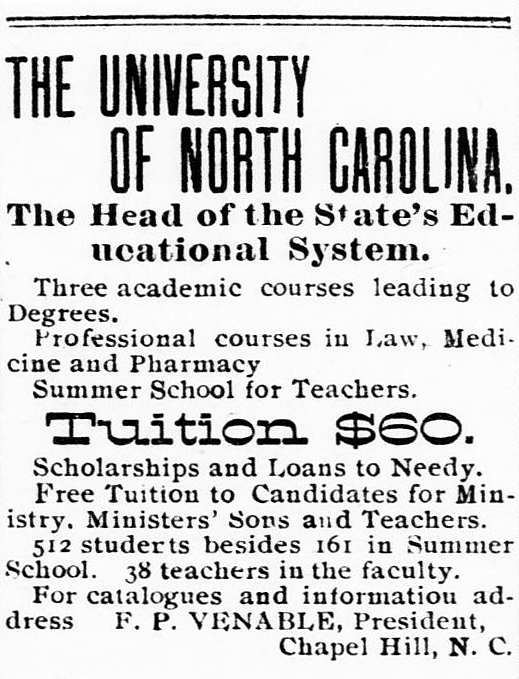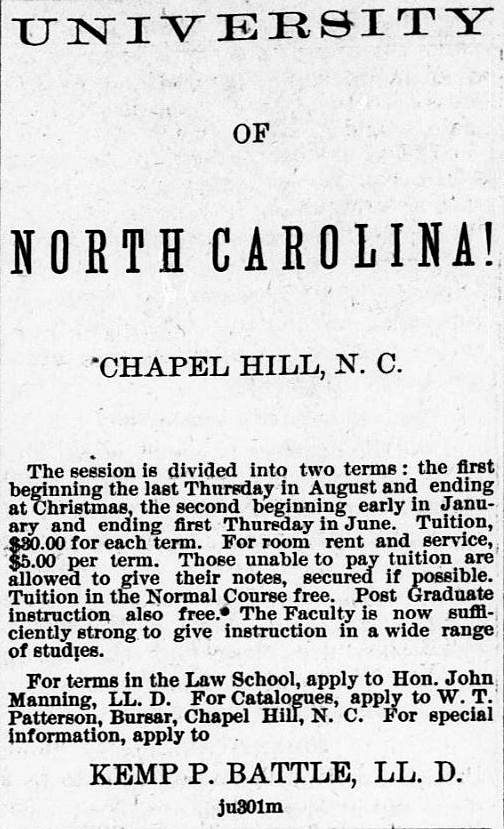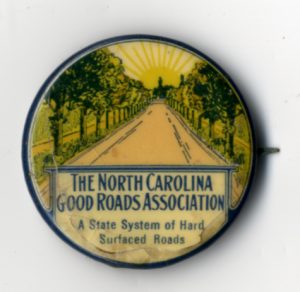“Duke was a case of loathe at first sight for me — Middle Gothic in celophane; gigantic, turreted, battlemented entrances with pneumatic hinged swinging doors in place of iron portcullisses — innumerable chimneys — all dummies — there being a central heating plant; concrete gargoyles, great ivy vines, clamped on with tin. Cloistered picture show. Replica of Westminster, with elevator in tower. Leaded windows in library that let in no light….
“Chapel Hill is lovely & has all but restored my customary serenity & faith in capitalism. I love the place and want to live here. It is an Oxford planted on more fertile soil than Methodism, & unraped by Coca Cola [Emory University] or Chesterfield [Duke]….”
— C. Vann Woodward, writing Glenn W. Rainey, early October 1933, in “The Letters of C. Vann Woodward” (2013)
Rainey and Woodward had been friends since attending Emory together. Rainey was embarking on 42 years of teaching English at Georgia Tech. Woodward, then researching Georgia populist Tom Watson, would receive a PhD in history from UNC in 1937.



